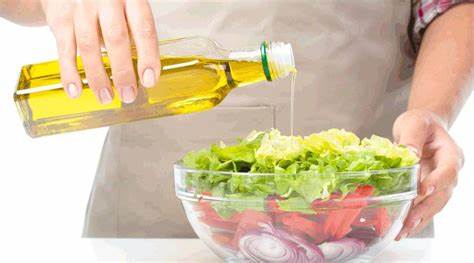Our country's edible vegetable oil standard system determines the grade of edible oil based on the variety, quality of the oil and the edible oil processing technology adapted to it. How to divide the grade of edible oil? The edible oil (except olive oil and special oils) on the edible oil market in my country is divided into four grades, such as soybean oil, rapeseed oil, cottonseed oil, rice bran oil, and sunflower oil. Seed oil, corn oil, leached peanut oil, leached tea seed oil, etc. And pressed peanut oil, pressed camellia seed oil, sesame oil, etc. are only divided into first and second levels.

Edible oil grade is the basis for evaluating the quality of edible oil, that is to say, the limit value of each quality is different for different grades of edible oil, including color, smell and taste, transparency, acid value, smoke point and other indicators. The higher the grade of edible oil The limit value is stricter.
In my country’s edible oil quality standard system, the original edible oil grades such as salad oil and high-grade cooking oil are no longer used. They are replaced by primary oil and secondary oil, and aromatic peanut oil is no longer used, replaced by pressed peanut oil. And secondary peanut oil.
.jpg)
How good is the cooking oil?
All levels of edible oil that meet the national standards are safe and healthy, and the choices of each person and family are related to dietary preferences and the food they cook. When consumers like the flavor of a certain vegetable oil, it is recommended to choose the third and fourth grade products; when we cook light food, it is recommended to choose the first and second grade products.
In the standards for edible oil products, the requirements for gas and taste indicators are: Grade 1 and Grade 2 are odorless or odorless, with good taste and good taste; Grade 3 and Grade 4 edible oils have the inherent taste and taste of certain oils and have no peculiar smell. . Generally speaking, the quality of primary and secondary edible oils is good, but the natural companions in edible oils such as vitamin E, sterols, phospholipids, etc., have rarely been retained in the product as the edible oil processing technology deepens. Although the content of these concomitants is small, their functional properties cannot be ignored and can reduce the incidence of chronic diseases such as cardiovascular diseases. Compared with the first and second grade edible oils, the third and fourth grade edible oils are rich in these oil and fat companions. How good is the cooking oil? Some people pay attention to taste, some people like flavor, and some people value nutrition. Which grade of edible oil should be different from person to person.
If you want to know the edible oil processing technology, please feel free to contact us!
Copyright © Henan Zhongxing Grain And Oil Machinery Co.,Ltd. All Rights Reserved. Powered by MetInfo